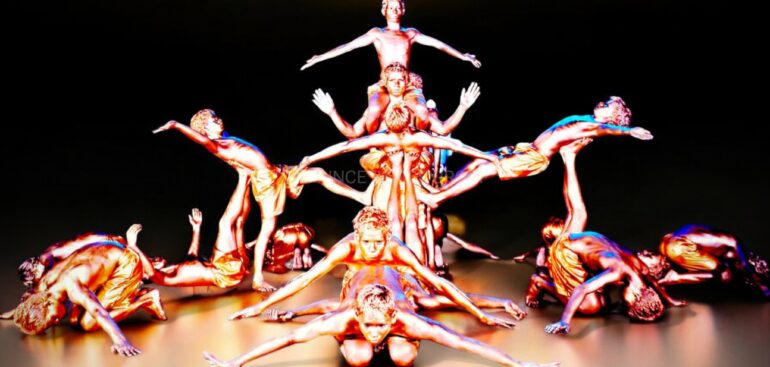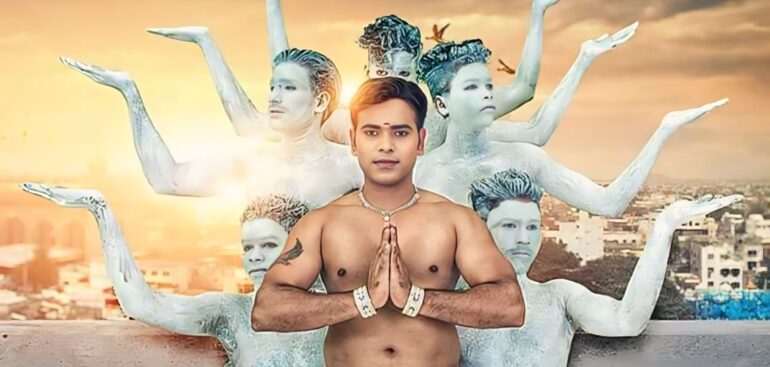Corporate events are a vital platform for companies to network, engage with employees and stakeholders, and showcase their brand values. Adding a touch of creativity and entertainment can elevate the overall experience, making it memorable and impactful. This is where professional dancers for corporate events come into the picture. If you are looking for the best dance group for corporate events, Prince Dance Group is your ultimate choice. Here’s how incorporating dance performances can help your business succeed and create a lasting impression.
1. Captivating Entertainment That Leaves an Impact
Corporate events can sometimes be overly formal or monotonous. By introducing spectacular dance performances, you infuse energy and excitement into the gathering. The dynamic acts performed by professionals, like Prince Dance Group, captivate the audience and keep them engaged throughout the event. From acts like Dashavatar, Radha Krishna, and Ganesh Act to customizable performances, their versatility ensures a tailor-made experience that aligns with your event’s theme.
2. Strengthening Brand Image
The type of entertainment you choose reflects your company’s culture and values. Opting for dance performances featuring Indian mythological acts such as Siva Tandav or Ram Sita demonstrates your appreciation for heritage and cultural richness. On the other hand, choosing acts like the Global Act or Indian Flag Act highlights a progressive and inclusive mindset. These performances help associate your brand with creativity, innovation, and respect for tradition, which resonates deeply with diverse audiences.
3. Boosting Employee Morale
A well-organized event with awe-inspiring dance performances can significantly boost employee morale. It provides employees with a chance to relax, unwind, and feel valued. The high-energy dances and the visual storytelling of acts like Krishna Leela or the powerful Durga Act inspire positivity and unity among the workforce. This shared experience fosters a sense of belonging and motivation within the team.
4. Memorable Experiences for Guests and Stakeholders
Whether it’s a product launch, annual gala, or networking event, leaving a lasting impression on your guests is crucial. A professionally executed dance performance transforms your corporate gathering into a memorable experience. Acts by Prince Dance Group, known for their intricate choreography and stunning visuals, create a buzz among attendees and ensure your event is talked about long after it ends.
5. Versatility in Performances
Every corporate event is unique, and the entertainment should be too. With Prince Dance Group, you have the flexibility to choose from a variety of acts such as Natraj Act, Dashavatar, or a mythological story of your choice. Their ability to adapt and deliver personalized performances ensures that your event stands out.
6. Enhancing Public Relations and Social Media Buzz
In the age of social media, a spectacular dance performance can go viral, amplifying your brand’s visibility. Acts such as the Indian Flag Act align with patriotic themes and generate widespread appreciation. Sharing these moments on social platforms fosters positive public relations and helps promote your event to a broader audience.
Why Choose Prince Dance Group?
As the best dance group for corporate events, Prince Dance Group offers unmatched expertise, creativity, and professionalism. With a repertoire featuring acts like Dashavatar, Ram Sita, Siva Tandav, and more, they ensure every performance is a masterpiece. Whether you want to celebrate tradition, showcase your brand’s global perspective, or inspire your audience, their team delivers beyond expectations.
Hire Prince Dance Group for the best dance group for corporate events and transform your next corporate event into a magical experience. Get in touch with us to explore our acts and create an unforgettable event that aligns with your vision. Book us today and see the magic unfold!



